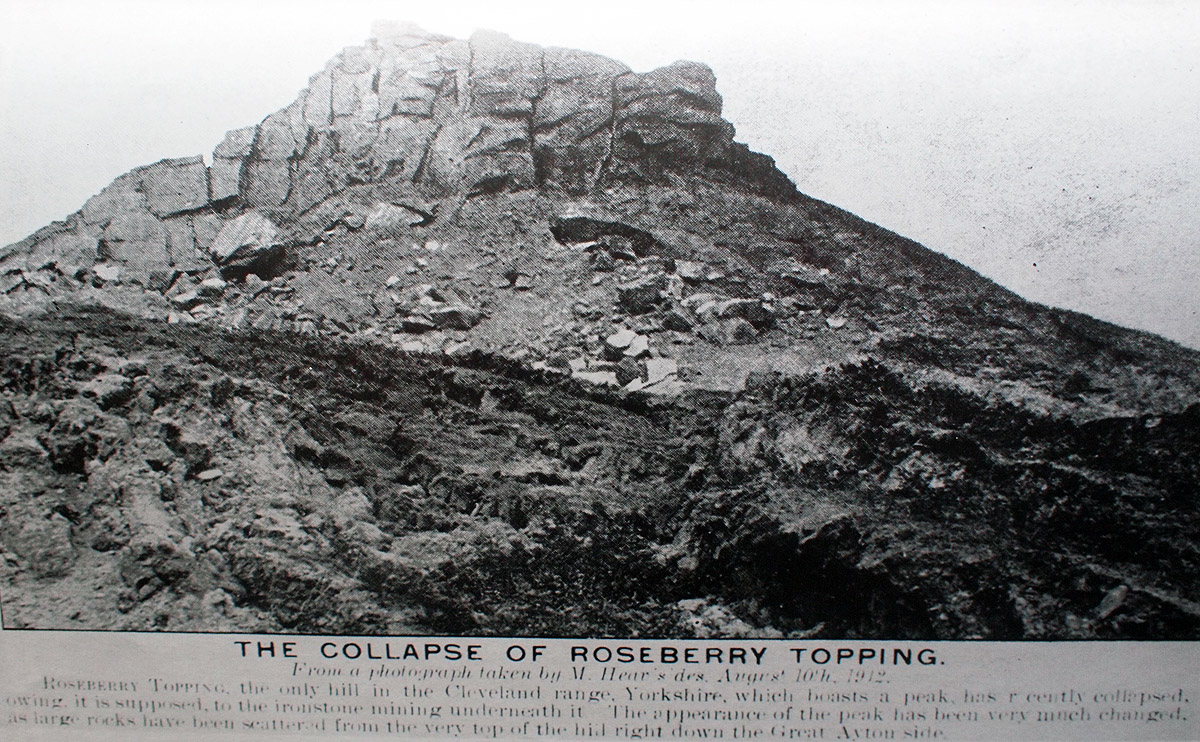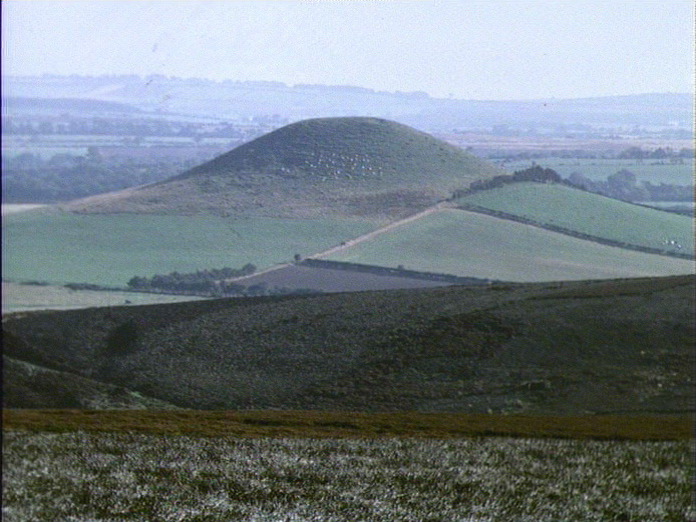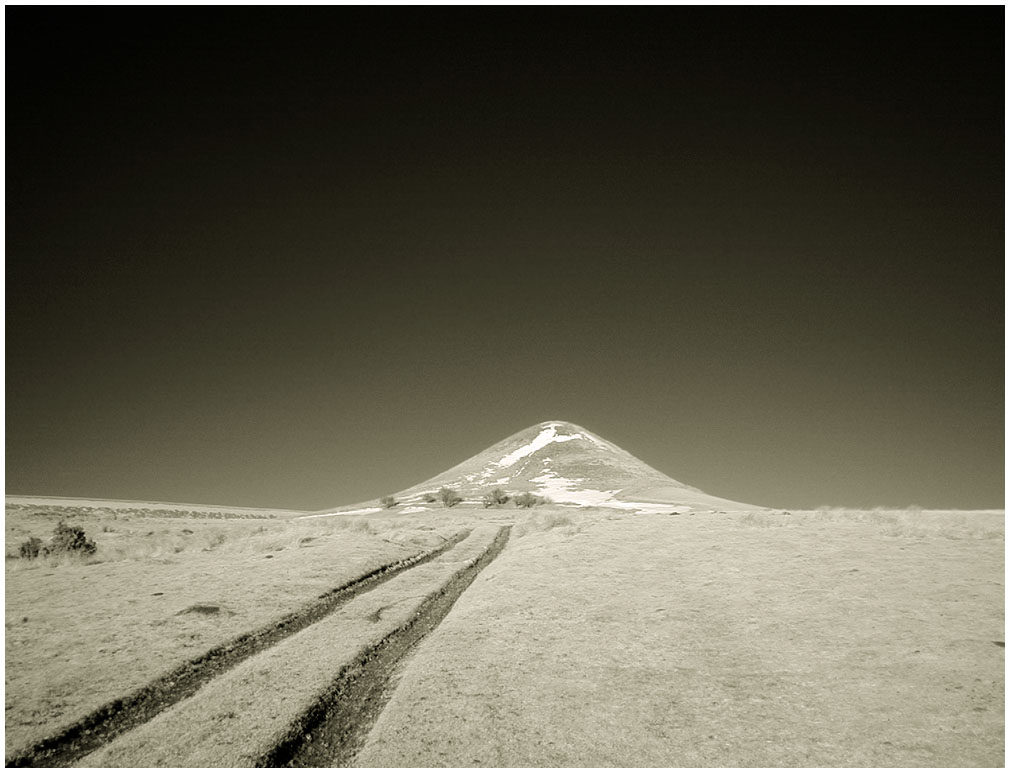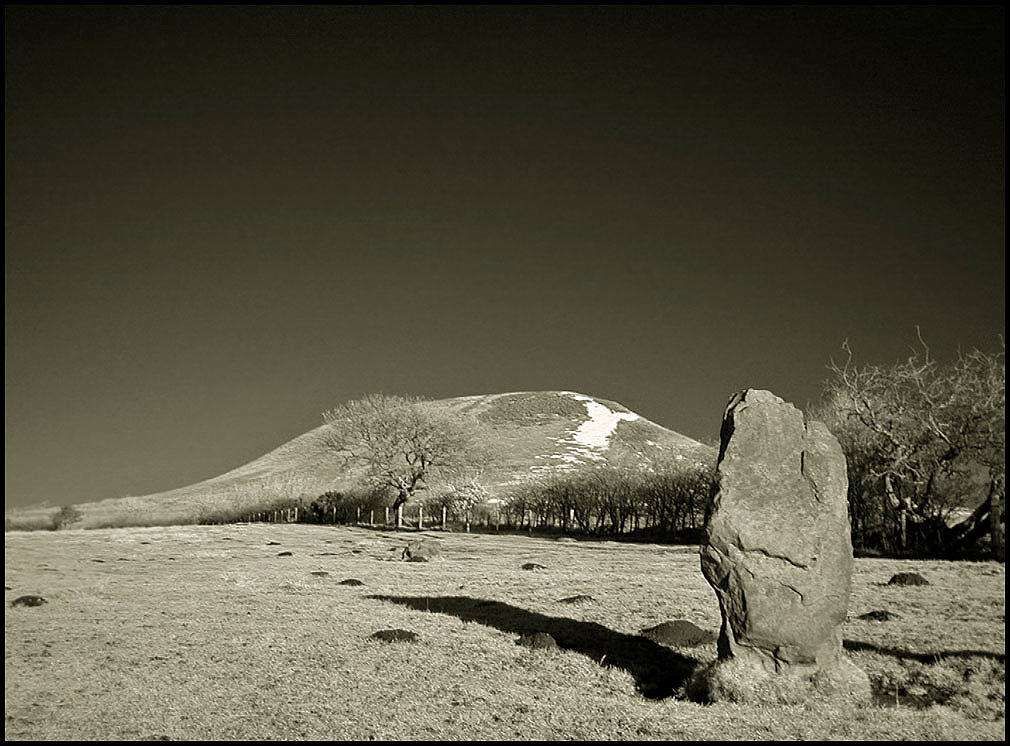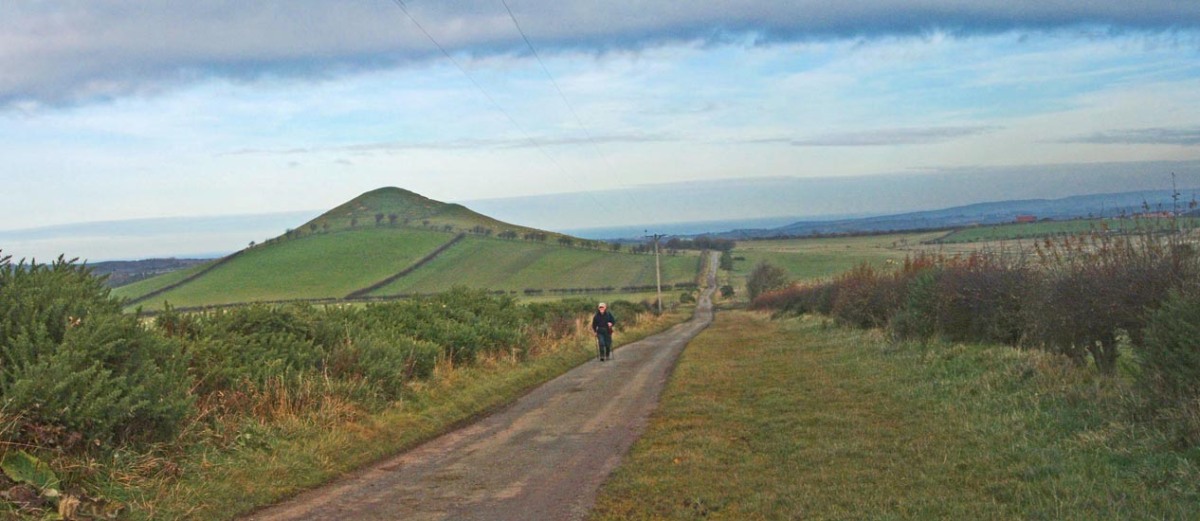Mick Harper wrote:Hatty and I in our next book reveal that Father Christmas never actually existed.
Fancy saying things like that! You must have been on Santa's Naughty list for a very very long time. Another very naughty child at school had tried telling our Boreadettes that Santa wasn't real. They put him right, their godmother comes from Norway and she has been to Lapland many times and she's met Santa. So there.
I refer our honourable festive colleagues to the Northern Shaman traditions. The wise shaman would visit all good folk around the Winter Solstice.
Odin’s shamanic spirit-journeys are well-documented. The Ynglinga Saga records that he would “travel to distant lands on his own errands or those of others”
http://norse-mythology.org/concepts/shamanism/
A significant aspect of the shamanism practiced in this part of the world during that time was linked to Amanita muscaria, also known as the Fly Agaric mushroom. This mushroom is more widely accepted in the modern world as the Alice in Wonderland mushroom. It was held very sacred by these ancient people, and was used by the shaman and others for ceremonial and spiritual purposes.
http://realitysandwich.com/238049/shama ... christmas/
You can really fly on that stuff.
Although intensely psychoactive, Amanitas are also toxic. One way to reduce the toxicity and increase the psychoactive potency was to simply dry them. When out collecting the mushrooms, people would pick a bunch of them under the evergreen trees and lay them out along the branches while continuing to pick the mushrooms beneath other trees. The result was something that looked very reminiscent of a modern Christmas tree: evergreen trees whose branches are dotted with bright red, roundish “decorations” – in this case the sacred mushrooms. At the end of the session, the shaman or harvester would go around to each of their mushroom stashes and put them all in one large sack… a large sack?!! Remind you of anything?! Not only this, as the story of the tradition goes, the shaman would then, carrying this large sack, visit the homes of his or her people and deliver the mushrooms to them. They would then continue the drying process by hanging them in a sock, near the fire!
Where's me Santa sock?
Edit: You can't get this kind of stuff in Inner London intelligentsia ghettos, you have to get out in the countryside to experience the real Santa.
Edit 2: Alexander Aberfeldy may have had something relevant to say as well. Or should have. Has she updated her great work on archaic Scottish Gaelic lately?
Radical Linguistics

